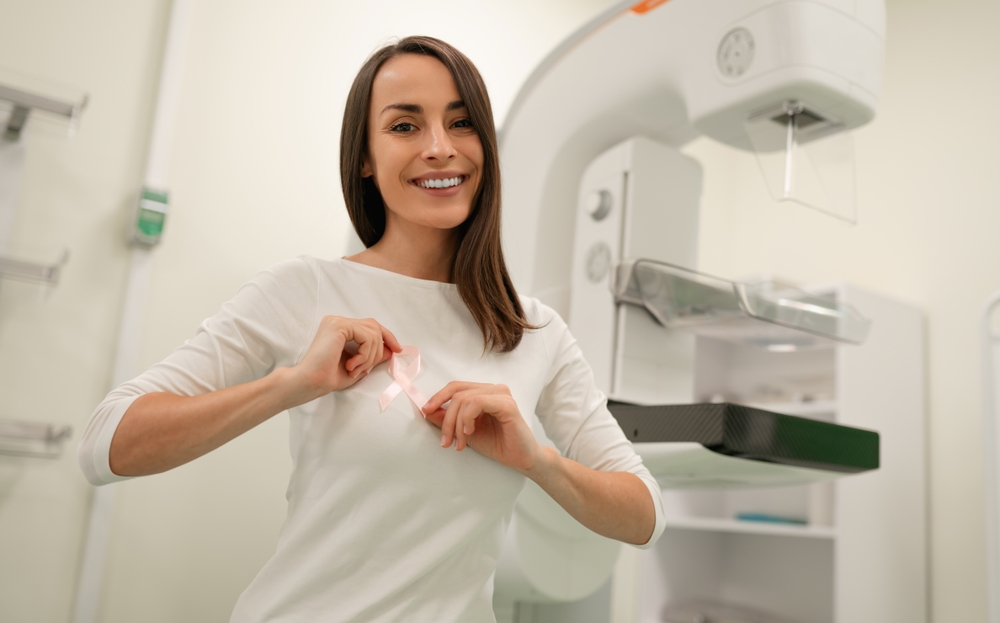Breast cancer doesn’t always begin with a lump. Sometimes it whispers rather than shouts—subtle signs, faint discomfort, or unexplained fatigue. Unfortunately, many women dismiss early symptoms until the disease progresses. Understanding what to look for, when to act, and where to turn for help can save lives.

What Is Breast Cancer?
Breast cancer occurs when abnormal cells in the breast grow uncontrollably, forming tumors that may spread to surrounding tissue and other parts of the body. While most commonly diagnosed in women, it can also affect men.
According to the American Cancer Society, breast cancer is the second most common cancer among women in the United States, with early detection offering the best chances of survival.
The exact causes remain complex, often involving a combination of genetic, hormonal, and environmental factors. Lifestyle choices can also influence risk levels.
Silent But Dangerous: The Subtle Signs
Early-stage breast cancer may not cause any pain or obvious symptoms. That’s why it’s vital to stay alert to less noticeable changes. The Mayo Clinic highlights a range of signs that shouldn’t be ignored:
- A new lump or mass in the breast or underarm
- Thickening or swelling of part of the breast
- Irritation or dimpling of breast skin (resembling an orange peel)
- Redness or flaky skin in the nipple area or the breast
- Pulling in of the nipple or pain in the nipple area
- Unexpected nipple discharge, including blood
- Any change in the size or shape of the breast
These signs may not always point to cancer, but any persistent changes warrant a medical evaluation.
When to Take Action
If you notice one or more symptoms mentioned above, seek medical attention immediately. Early detection dramatically increases the effectiveness of treatment. The Cleveland Clinic stresses the importance of mammograms, ultrasounds, and biopsies as tools for early diagnosis.
While some women avoid screening due to fear or discomfort, regular check-ups can make the difference between stage I and stage IV detection. If you have breast cancer, prompt intervention can help contain the disease and reduce the likelihood of metastasis.
Types and Stages of Breast Cancer
Breast cancer is not a single disease—there are multiple types and subtypes, each with its own behavior and treatment pathway. Some of the most common forms include:
- Invasive Ductal Carcinoma (IDC): Begins in the milk ducts and invades surrounding tissue
- Invasive Lobular Carcinoma (ILC): Starts in the milk-producing glands (lobules)
- Triple-Negative Breast Cancer: Lacks three common receptors (estrogen, progesterone, HER2), making it harder to treat
- HER2-Positive Breast Cancer: Driven by a protein called human epidermal growth factor receptor 2
Breast cancer is also staged from 0 to IV. Stage 0 refers to non-invasive tumors confined to their origin, while stage IV indicates cancer that has spread to distant organs.
Risk Factors You Shouldn’t Ignore
Several risk factors increase the likelihood of developing breast cancer:
- Being female (though men are also at risk)
- Age over 50
- Family history or genetic mutations (BRCA1 and BRCA2)
- Early menstruation or late menopause
- Hormone replacement therapy (HRT)
- Obesity and lack of physical activity
- Alcohol consumption
While not all risks are controllable, many lifestyle-related factors can be adjusted to help reduce your chances of diagnosis.
Support, Resources, and Hope
Receiving a breast cancer diagnosis can feel isolating and overwhelming—but you are not alone. Many organizations offer support, education, and connection:
- Breastcancer.org provides in-depth patient education and community forums
- The Breast Cancer Research Foundation (BCRF) funds groundbreaking scientific research toward a cure
- MedlinePlus offers curated, easy-to-read medical information for patients and families
No matter where you are in your journey—newly diagnosed, undergoing treatment, or in remission—there are tools and people to guide you through.
Living Beyond Diagnosis
Thanks to decades of research and improved treatments, survival rates have increased significantly. However, living beyond breast cancer isn’t just about remission. Survivors face challenges ranging from emotional well-being to long-term health management.
Strategies for thriving beyond treatment include:
- Joining a breast cancer support group or survivor network
- Maintaining a balanced diet and regular physical activity
- Managing stress through therapy, mindfulness, or spiritual practice
- Scheduling regular follow-up visits to monitor for recurrence
Many survivors also become advocates, sharing their stories to empower others and raise awareness.
Conclusion: Awareness Can Save Lives
Breast cancer may be silent, but it is not invisible. With knowledge, vigilance, and access to care, it can be detected early and treated effectively. Many women overlook initial signs due to fear, stigma, or misunderstanding—don’t let silence become danger.
If you’ve noticed a change in your breast or feel uncertain about symptoms, trust your instincts and get checked. Whether you're in Columbus or anywhere else, support is available, and action is always better than waiting.
The path to awareness begins with a single question: Could this be something? If the answer is yes—or even maybe—it’s time to act.
